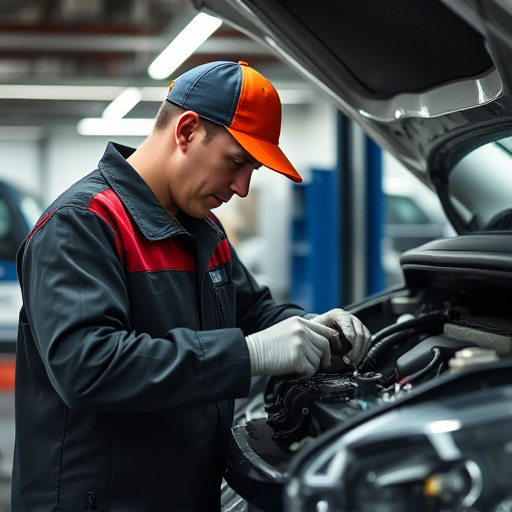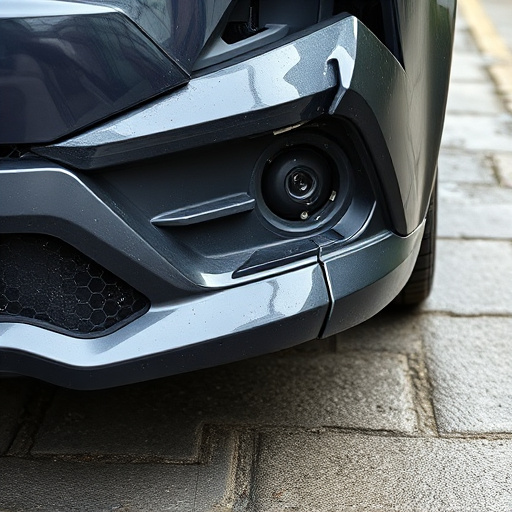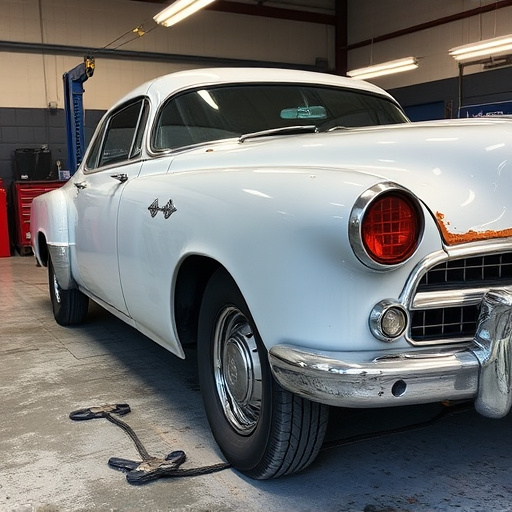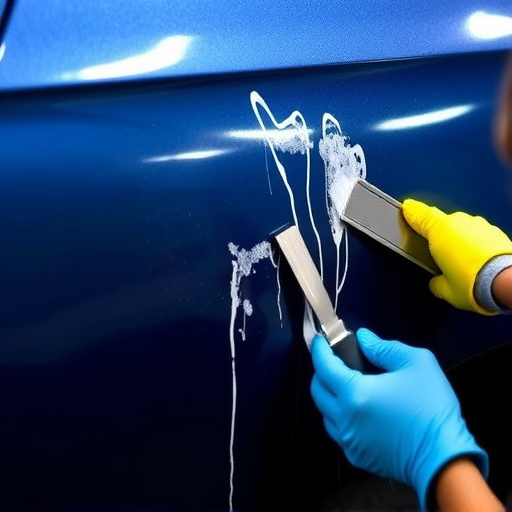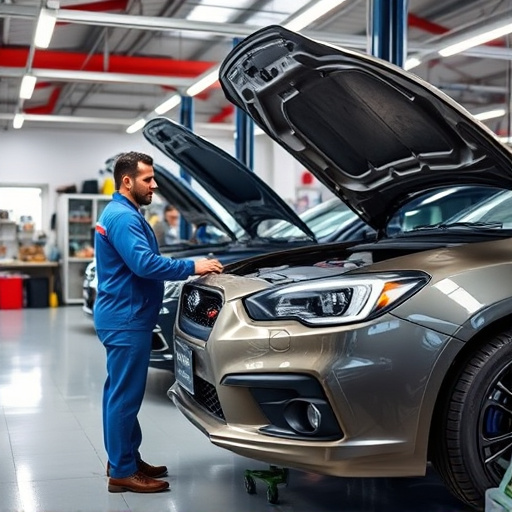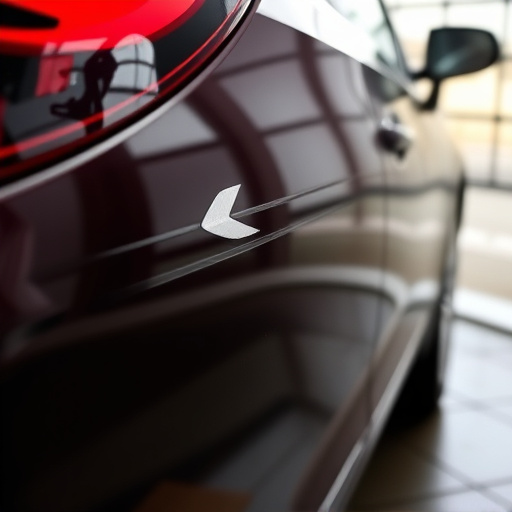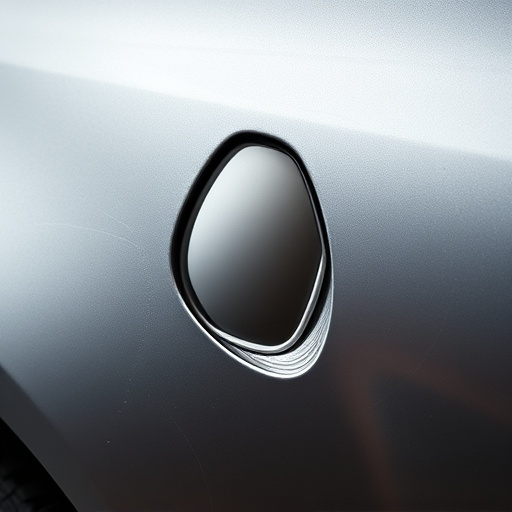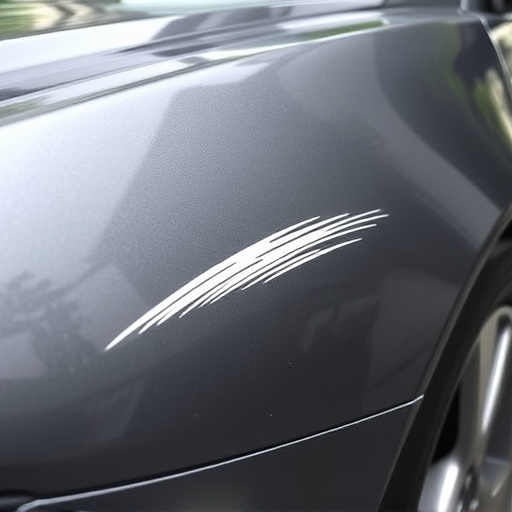Structural repair precision is vital for insurance approvals of premium vehicles like Mercedes Benz. Skilled technicians and advanced facilities ensure flawless repairs, aligning panels, reinforcing weak areas, and maintaining safety standards to prevent costly rejections and preserve iconic design. Accurate repairs enhance safety, maintain property value, and expedite insurance claims processes. Inaccurate structural repairs may lead to denial or reduced coverage, emphasizing the importance of adherence to industry standards for fair compensation.
Insurance approvals for rebuilding or remodeling projects often hinge on achieving precise structural repair. This is because structural integrity is paramount for safety, property value, and long-term insurance coverage. Delving into the intricate relationship between structural repair and insurance, this article explores how meticulousness in repairing or reinforcing load-bearing elements can enhance both building safety and economic protection. Understanding these dynamics is crucial for navigating insurance approval processes effectively.
- Understanding the Role of Structural Integrity
- Precision in Repair: Enhancing Safety and Value
- The Impact on Insurance Coverage Decisions
Understanding the Role of Structural Integrity
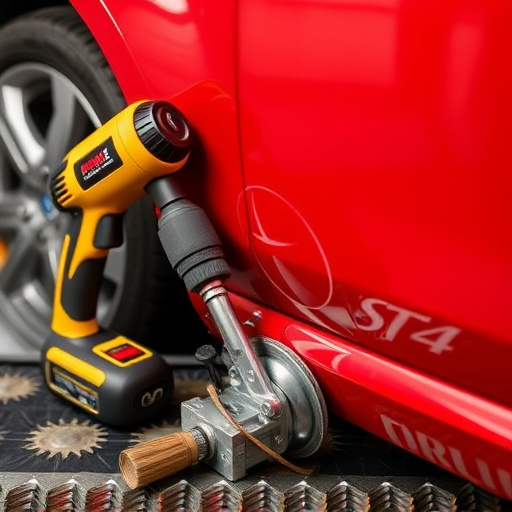
The structural integrity of a vehicle is the cornerstone upon which insurance approvals rest. When a car experiences damage, whether from a collision or less severe incidents like dent removal, it’s crucial to assess and accurately restore the underlying structure. This involves meticulous precision in aligning panels, reinforcing compromised areas, and ensuring every component meets safety standards. A single miscalculation during what is essentially a complex dance of repair can render the vehicle unsafe, leading to costly rejections by insurance companies.
In the case of premium vehicles like Mercedes Benz, achieving flawless structural repair precision becomes even more critical. These cars are not just investments; they represent meticulous craftsmanship and cutting-edge technology. Any misstep in the repair process could mar their iconic design or compromise advanced safety features. Thus, insurers demand unwavering adherence to standards, underscoring the vital role of skilled technicians and state-of-the-art facilities in the collision repair process.
Precision in Repair: Enhancing Safety and Value
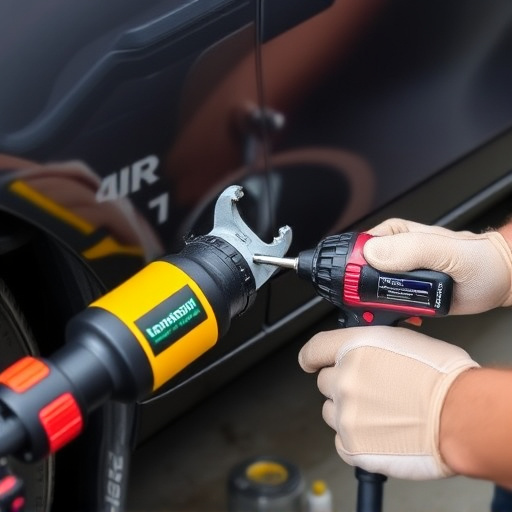
Precision in structural repairs is not merely about achieving a neat finish; it’s a critical factor that enhances both safety and property value. Every component of a structure, from beams to foundations, works in harmony to provide stability and protection. Even seemingly minor misalignments or damage can compromise this integrity, potentially leading to more severe issues down the line. Skilled technicians understand this intricate interplay, using advanced tools and techniques to make precise repairs that accurately match the original structure.
This level of detail is especially vital when it comes to insurance approvals. Insurance companies scrutinize the scope of work and the methods used to ensure that the repairs are not only cosmetically sound but also structurally sound. Demonstrating meticulous precision in structural repair can expedite the approval process, ensuring smoother claims handling and faster reimbursement for policyholders. Moreover, it encourages responsible auto maintenance practices, ultimately contributing to safer driving conditions and enhanced property value over time.
The Impact on Insurance Coverage Decisions
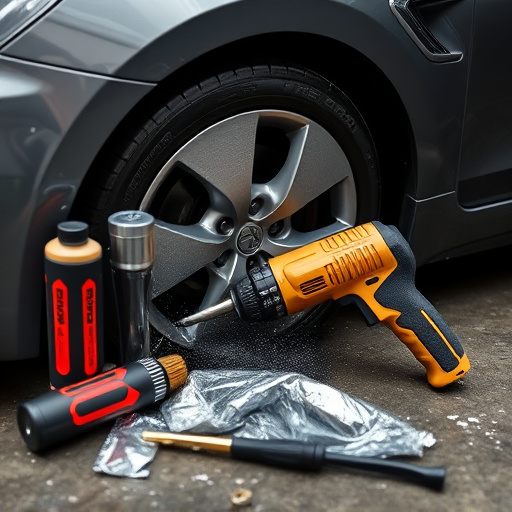
The precision of structural repairs plays a pivotal role in shaping insurance coverage decisions. Insurers meticulously assess the extent of damage and the quality of restoration work before approving claims, especially for comprehensive coverage. In cases involving car collision repair or auto body repair, even minor discrepancies in alignment or inconsistent craftsmanship can raise red flags. This is because insurers aim to prevent fraudulent claims and ensure that repairs are performed according to industry standards, safeguarding their interests and that of policyholders alike.
A lack of structural repair precision may lead to insurance denials or reduced coverage. Auto glass repair, a critical component in many collision scenarios, must adhere to strict safety protocols. If the replacement glass doesn’t align perfectly with the original frame or if the installation isn’t up to par, it could signal to insurers that the overall repair job was haphazard. This scrutiny extends to all aspects of car collision repair, where every detail matters when determining fair compensation and ensuring policyholders receive the benefits they’re entitled to under their policies.
Insurers heavily rely on structural repair precision to assess and determine insurance coverage. Ensuring meticulous repairs not only guarantees safety but also preserves property value. When structural integrity is maintained, it signifies a responsible approach to damage restoration, fostering trust between policyholders and insurers. Ultimately, embracing high standards in structural repair precision benefits all parties involved, ensuring fair insurance practices and securing peace of mind for homeowners.
